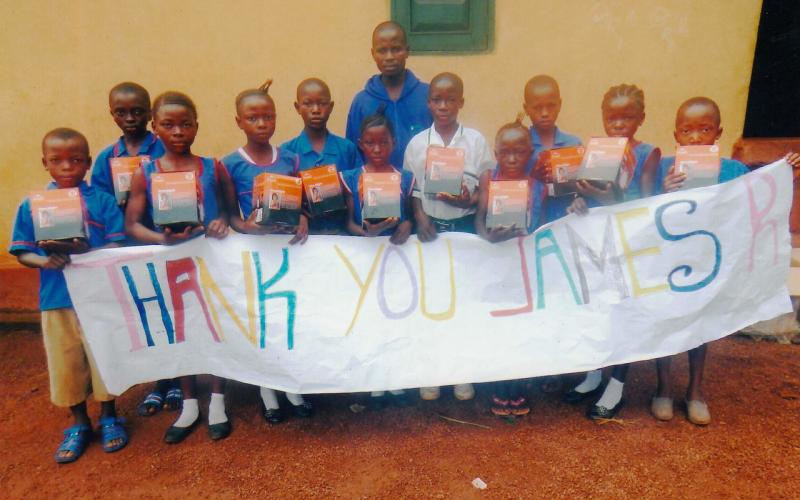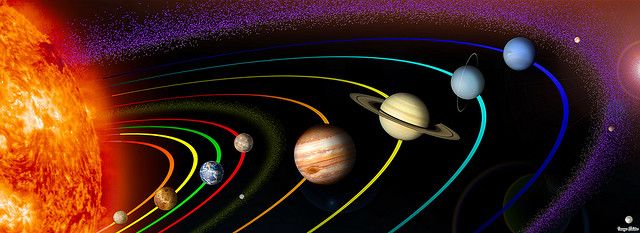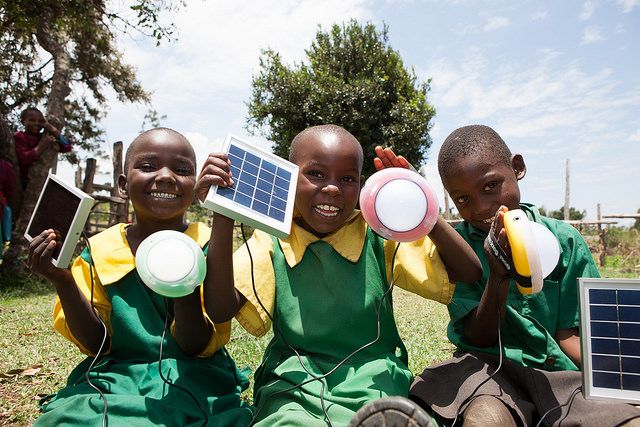
The sun was the first source of power to humankind. It is the largest object in our Solar System and provides the earth with unfathomable amounts of energy. In one hour the earth receives more energy from the sun than the entire human race uses in a year.[1] From the sun we get solar energy.

Photovoltaics, namely, converting the sun’s light into electricity through the use of solar panels to supply usable solar power, was discovered as early as 1800 by the Italian Physicist and Chemist, Alessandra Volta, who invented the first electrical battery. His methods were then experimented with and developed by a number of fellow physicists and scientists, namely, Alexandre Becquerel, Charles Fritts, Edward Weston, and Albert Einstein. In the twentieth century, the pace of advancement really accelerated and the year 1954 saw the genesis of the commercial solar age through the creation of the first high powered silicon photovoltaic (PV) cell. Japan, China, USA and Germany are seen to be the most progressive in the use and development of solar power; with emerging markets in Chile and South Africa.[2]
In the USA, California is considered to be the most progressive state in the use of solar renewable energy. Many home owners in the state, own solar water heaters as a cheaper alternative to help save on energy bills.
Solar energy provides substantial benefits for our climate, health, and economy.
Electricity production accounts for more than one-third of global warming emissions in the USA. In contrast, most renewable sources of energy, such as solar energy, produce little to no global warming emissions.
Human activity overloads the earth’s atmosphere with carbon dioxide and other global warming emissions which trap heat in the earth’s atmosphere, steadily increasing the planet’s temperature. This creates significant and harmful impacts on our health and on the environment and climate. With climate change on the front burner of policy considerations for global governments, solar energy is crucial in efforts to save our environment from degradation. With this in mind, solar energy is particularly useful as a safe light alternative in developing countries with little to no power infrastructure.
In Africa, for instance, approximately 600 million people inhabiting the continent have no access to electricity and many use kerosene as a source of light. Kerosene is a combustible hydrocarbon liquid and it is damaging to health. In fact, just a drop of kerosene on the skin can cause irritation, and inhaling its fumes or smoke can result in symptoms such as coughing, dizziness and watering of the eyes, hence, leading to possible long-term respiratory illnesses. Moreover, Kerosene is harmful to the environment because it produces greenhouse gases.
According to the United Nations Development Program’s National Energy Profile of Sierra Leone published in 2012, less than ten per cent (10%) of the population had access to electricity. More disturbing is the fact that frequent electricity blackouts are experienced in the Free Town peninsula area and other areas where electricity is received for only a few hours a week. Without electricity, communities cannot function; mobile phones and other electric devices cannot be recharged, clothes cannot be ironed, and even preparing food becomes a herculean task as basic methods such as the use of firewood, kerosene and matches, is usually adopted. Businesses cannot thrive as well. This is because many people who practice various vocations such as hair dressers, wielders, mechanics, etc. rely heavily on electricity to perform their trade. With lack of infrastructure and funds, many families in Sierra Leone have unfortunately grown to see ‘blackout’ as an everyday part of life. This obviously should not be the case.

Sierra Leone’s Ministry of Energy and Water Resources in a report estimates that roughly 1460kWh/M (kilowatt hours) of solar radiation can be expected annually across the country.[3] With some of the highest levels of sunshine in the world, Sub-Saharan Africa is perfectly poised to tap into the potential of solar energy.
With this in mind it is clear that solar power is the only feasible and sustainable alternative for the provision of power in Sub-Saharan Africa.
Solar energy is the useful and safe light alternative for developing nations and could significantly contribute to a number of energy uses and everyday basic activities such as lighting, refrigeration, cooking, heating of water, ironing, to name but a few. However, most importantly is the positive impact on the development of communities, the improvement of health and living conditions and better quality of life for all of its recipients.
[1] ‘Renewable Energy 2015’, Documentary by the History Channel on YouTube
[2] Taken from a report by HIS Technology entitled ‘Top Ten Trends for 2015’
[3] National Energy Profile of Sierra Leone, 2012, by the United Nations Development Program Report
Pictures are taken from Flickr and are free to use commercially.

